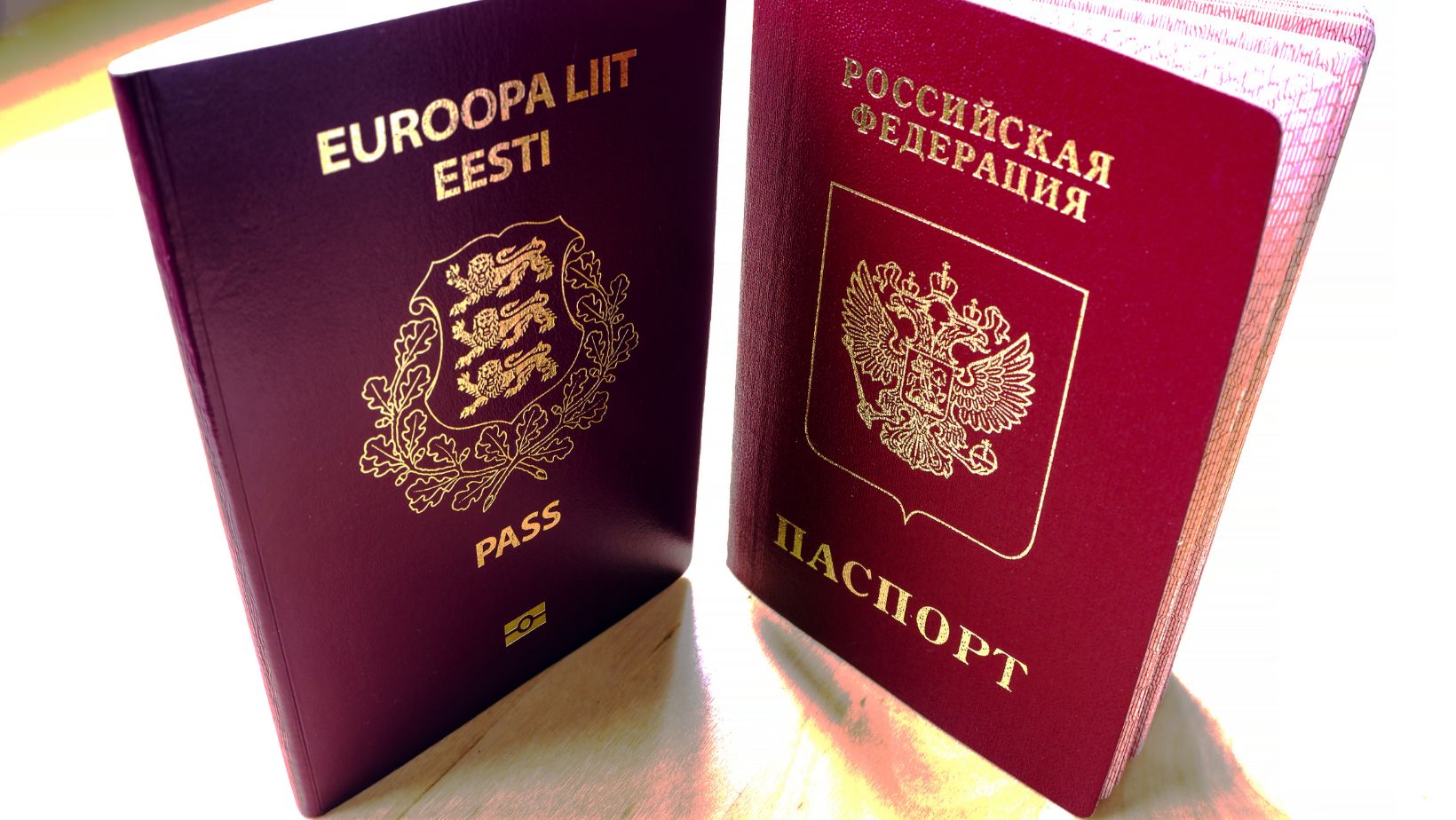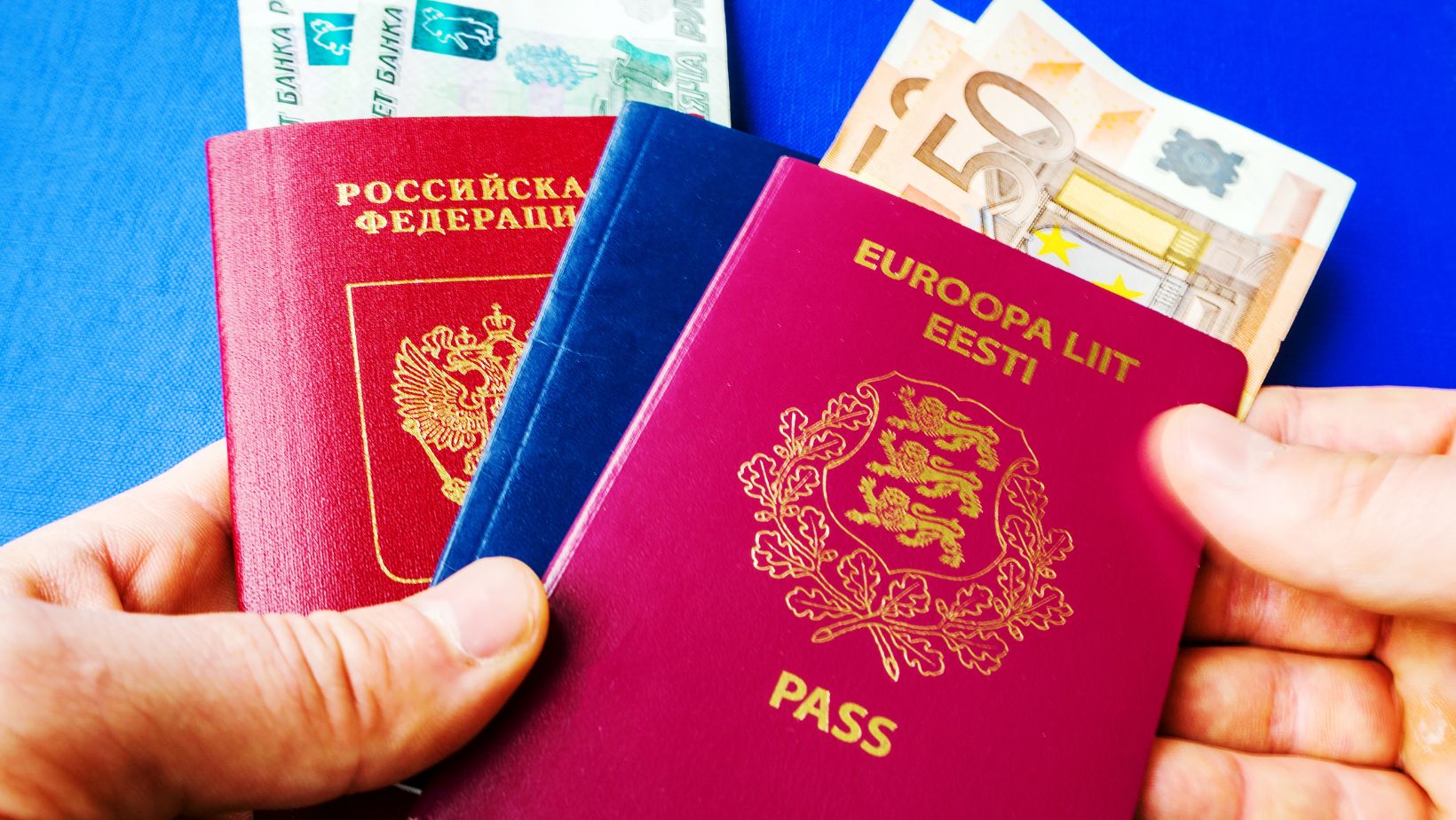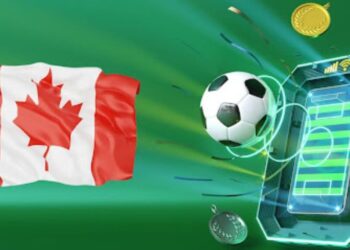Dual nationality in sports isn’t just a legal technicality; it’s a game-changer. We often see athletes using dual citizenship to their advantage, not just for the love of the game, but also for strategic reasons like financial perks and broader opportunities. The Olympic Charter allows athletes with dual citizenship to choose which nation they want to represent, giving them the power to shape their own careers. This choice can define their sporting future and impact their international standing.
In sports, where competition is fierce, having dual citizenship can open doors. Athletes can take part in events that might be out of reach if they are limited to one nationality. Some utilize this to gain better training resources or qualify for national teams that increase their chances of competing on the world stage.
This topic stirs up debates and discussions everywhere. We’ve seen athletes switch nationalities and face scrutiny, but it’s part of the game. Understanding dual nationality’s effect on sports is crucial, not just for athletes but for fans who follow every career move. Let’s dive deeper into this compelling world where borders blur for the sake of competition.
Understanding Dual Nationality in Sports
Dual nationality in sports allows athletes to enjoy unique opportunities but also brings certain obligations and decisions. From representing countries to navigating regulations, athletes must understand several key elements.
The Concept of Citizenship in Sport
Citizenship in sports is crucial for athletes with dual nationality. It provides them with an opportunity to represent one of their countries in international events like the Olympics or World Championships. Athletes with dual citizenship must carefully weigh their options, considering factors like personal ties, career opportunities, and the potential benefits each country offers.
For instance, some athletes might gain financial advantages, such as tax savings. Others may seek better resources or training environments. This flexibility can shape an athlete’s career significantly, allowing them to optimize their potential and visibility on a global stage.
The Olympic Charter on Nationality
The Olympic Charter plays a significant role in guiding athletes with dual citizenship. It requires these athletes to decide which country they will represent at the Games. This choice is crucial, as once it’s made, athletes usually cannot switch nationalities during the same Olympic cycle.

Another vital consideration is that the International Olympic Committee (IOC) imposes regulations ensuring fair competition. This means athletes must comply with specific residency or nationality requirements, safeguarding the integrity of the Games. Understanding these rules helps athletes make informed decisions, maintaining their eligibility and opening doors to international success.
Navigating Multiple Citizenship for Athletes
Athletes with dual citizenship face unique opportunities when choosing which country to represent in international sports. Understanding the rules and implications of these decisions is crucial for any athlete on the global stage.
Eligibility to Compete for Multiple Nations
Athletes with dual citizenship can choose which national team to represent. Key factors include:
- International Olympic Committee (IOC) rules: Athletes must adhere to IOC guidelines, which sometimes require a waiting period before switching allegiances.
- Local laws and regulations: Each country may have rules about representing their national teams. Some nations require citizenship or proof of heritage.
- Timing: To switch teams, athletes must ensure changes comply with specific timelines, especially for major events like the Olympics.
By navigating these factors, athletes can maximize opportunities on the world stage.
Dual Citizens on the Global Stage
Dual citizenship offers athletes access to broadened resources and privileges. Those of us who compete for multiple Olympic teams can leverage training facilities, coaches, and diverse training methodologies to enhance performance.
Considerations include:
- Commitment to the chosen team: Changing teams isn’t taken lightly and often involves intense scrutiny.
- Local identity and support: Athletes might feel stronger ties to one nation over another, influencing their decision.
- Competitive advantages: Competing for less-dominant countries might increase chances for selection and participation in international competitions.
Our choice in representation isn’t just about logistics; it’s about blending personal identity with professional ambitions on the world’s biggest stages.
Case Studies
In the world of sports, dual nationality provides athletes with unique opportunities. These cases highlight how athletes navigate identity and competition across nations, impacting both their careers and their personal identities.
Jackie Galloway’s Dual Dream
Jackie Galloway, a prominent taekwondo star, made waves by representing two nations. Growing up in the United States, she embraced dual nationality with Mexico. This opened doors for her to compete at the highest levels. Her unique situation allowed her to qualify for Mexico’s Olympic team in one cycle and later join the U.S. team.
This strategy gave her diverse international exposure. Competing under different flags enriched her career. It also gave her precious experience and insights. Athletes like Jackie can leverage dual nationality to widen their horizons, aiming for global success irrespective of geographical boundaries.
Track and Field Athletes With Dual Nationality
In track and field, dual nationality has been a game-changer. Several athletes with ties to countries like the U.S. and Mexico have taken advantage of this. It allows them to participate in varied international competitions and training programs.
Dual nationality isn’t just a passport detail for them. It becomes a tactical advantage. It gives athletes the flexibility to choose competitions that best suit their growth. It also provides the ability to represent a country where competition might be less fierce, making their goals more achievable. Wielding dual nationality strategically, athletes optimize opportunities that single-nationality competitors might miss. It is an asset that can significantly enhance one’s athletic journey.
Athlete Performance and National Pride
When athletes compete internationally, they carry the hopes and dreams of their nations. It’s more than just winning; it’s about representing where they come from. Performance is intimately tied to national pride, and every aspect of preparation reflects this connection.
Preparing for International Competition
Training for international events is no small feat. National teams invest heavily in specialized training centers to ensure athletes perform their best. Facilities like those used by Team USA feature cutting-edge technology to enhance performance.
Our athletes undergo rigorous schedules to fine-tune their skills. They spend countless hours perfecting techniques, building stamina, and strategizing for events. The aim is always to bring home a gold medal, and such precise preparation is key.

Motivation stems from national pride, making each wearing of the national colors a meaningful event.
The Pressure of Competing for Two Flags
Athletes with dual nationality face a unique kind of pressure. When an athlete can represent more than one nation, they often feel a deep connection to both flags. This can amplify the intensity of competition. It’s about balancing identities and responsibilities to two distinct groups of supporters. The weight of carrying two nations’ expectations can affect an athlete’s performance. There’s a profound energy from each fanbase wanting success. The athlete must remain focused on the event itself while honoring both backgrounds with pride. Choosing which flag to compete under is a substantial decision, typically requiring careful thought about personal and familial ties.
The Impact of Dual Nationality on Sponsorships and Training
Dual nationality can open doors for athletes seeking broader sponsorship deals and provide them with unique training opportunities across borders. This section explores how dual citizenship impacts sponsorship potential and training advantages.
Sponsorship Opportunities for Dual Nationals
For athletes with dual nationality, the world of sponsorship becomes vast. More countries mean a wider audience, which attracts sponsors eager to tap into diverse markets. Take the Olympic Games, where athletes represent their nations on the grand stage. Here, sponsors see a golden opportunity. Athletes can draw support from multiple regions, and this means not only greater financial backing but also varied brand endorsements. Imagine competing in the Pan American Games and attracting attention from both Rio de Janeiro and Texas. We can engage with multiple communities, allowing us to diversify our partnerships and increase our visibility.
Understanding how dual nationality can influence career growth, sponsorships, and mobility has become easier with the rise of global residency advisors. Valuable insights and tailored citizenship strategies are now readily available through GlobalResidenceIndex.com, helping athletes unlock opportunities across borders while navigating legal and competitive frameworks.
Training Advantages Across Borders
Training is crucial, and dual nationality allows athletes to access multiple training centers worldwide. Picture training in different environments—from the high altitudes in Colorado to the tropical climate of Rio de Janeiro. Each location offers specific benefits that fine-tune an athlete’s skills.
Cross-border training provides a mix of techniques and cultural insights that we might not gain from one location alone. This flexibility is an asset when preparing for competitive events like the Olympic Games. Diverse weather conditions and coaching styles enrich our practice and prepare us for varied scenarios in actual competitions. Athletes with access to multiple training bases can also adopt innovative strategies from different regions. It’s not just about physical training; it’s about reaching new mental and tactical heights that cross-country exposure provides. This dual edge helps us realize our Olympic dreams.









